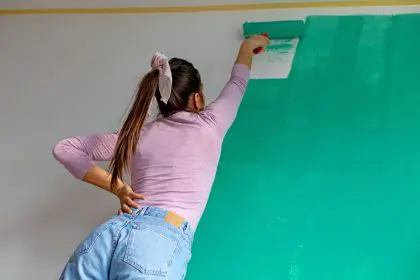In an era marked by escalating energy costs, the quest to balance financial prudence with a cozy living environment has taken center stage. Weatherization emerges as a powerful tool in this pursuit, offering a strategic pathway to enhance a home’s energy efficiency. By fortifying your dwelling against the whims of weather, weatherization optimizes indoor comfort while wielding a potent force against escalating energy bills. This proactive approach involves targeted improvements aimed at sealing off energy escape routes and bolstering insulation. The result? A snug, energy-efficient sanctuary that not only nurtures comfort but also delivers substantial savings. Let’s delve into the realm of weatherization strategies, exploring the key avenues that promise a harmonious blend of comfort and cost-effectiveness within your home.
Understanding Weatherization
Weatherization refers to a series of practices aimed at making a home more energy-efficient by sealing off any areas that allow the unwanted transfer of air between the interior and exterior. By identifying and addressing these weak points, homeowners can prevent heat loss during winter and maintain cooler interiors during the summer months. The primary goal is to create an airtight environment that minimizes the workload on heating and cooling systems.
Key Strategies for Effective Weatherization
1. Sealing Air Leaks
Identifying and sealing air leaks is one of the fundamental steps in weatherization. Common culprits for air leaks include windows, doors, attics, and basements. Caulking and weatherstripping are cost-effective methods to seal gaps and prevent drafts, ensuring that the indoor temperature remains stable.
2. Insulation Upgrades
Proper insulation plays a crucial role in maintaining a comfortable indoor temperature while reducing energy consumption. Inspect and upgrade insulation in attics, walls, and floors to minimize heat transfer and keep the desired temperature intact.
3. Energy-Efficient Windows and Doors
Consider replacing old, inefficient windows and doors with energy-efficient alternatives. Double-paned windows and insulated doors help in better temperature control and reduce the load on heating and cooling systems.
4. HVAC System Maintenance
Regular maintenance of heating, ventilation, and air conditioning (HVAC) systems is vital for optimal performance. Clean or replace filters regularly, and schedule professional inspections to ensure the system operates efficiently, reducing energy consumption.
5. Smart Thermostat Installation
Investing in a smart thermostat allows precise control over your home’s temperature settings. These devices can be programmed to adjust temperatures automatically, optimizing energy usage based on your schedule and preferences.
Importance of Weatherization for Cost Savings
Implementing these weatherization strategies not only contributes to a more comfortable living environment but also offers substantial cost savings. By reducing energy waste, homeowners can observe a noticeable decrease in their utility bills. According to the U.S. Department of Energy, weatherization efforts can result in significant annual savings, making it a worthwhile investment in the long run.
In embracing these strategies, we create a win-win scenario — a more comfortable home and reduced utility expenses coupled with a positive environmental impact. Take the first step today and witness the transformative power of weatherization, where coziness meets conscientious living, shaping a more sustainable tomorrow for all.
This story was created using AI technology.

















